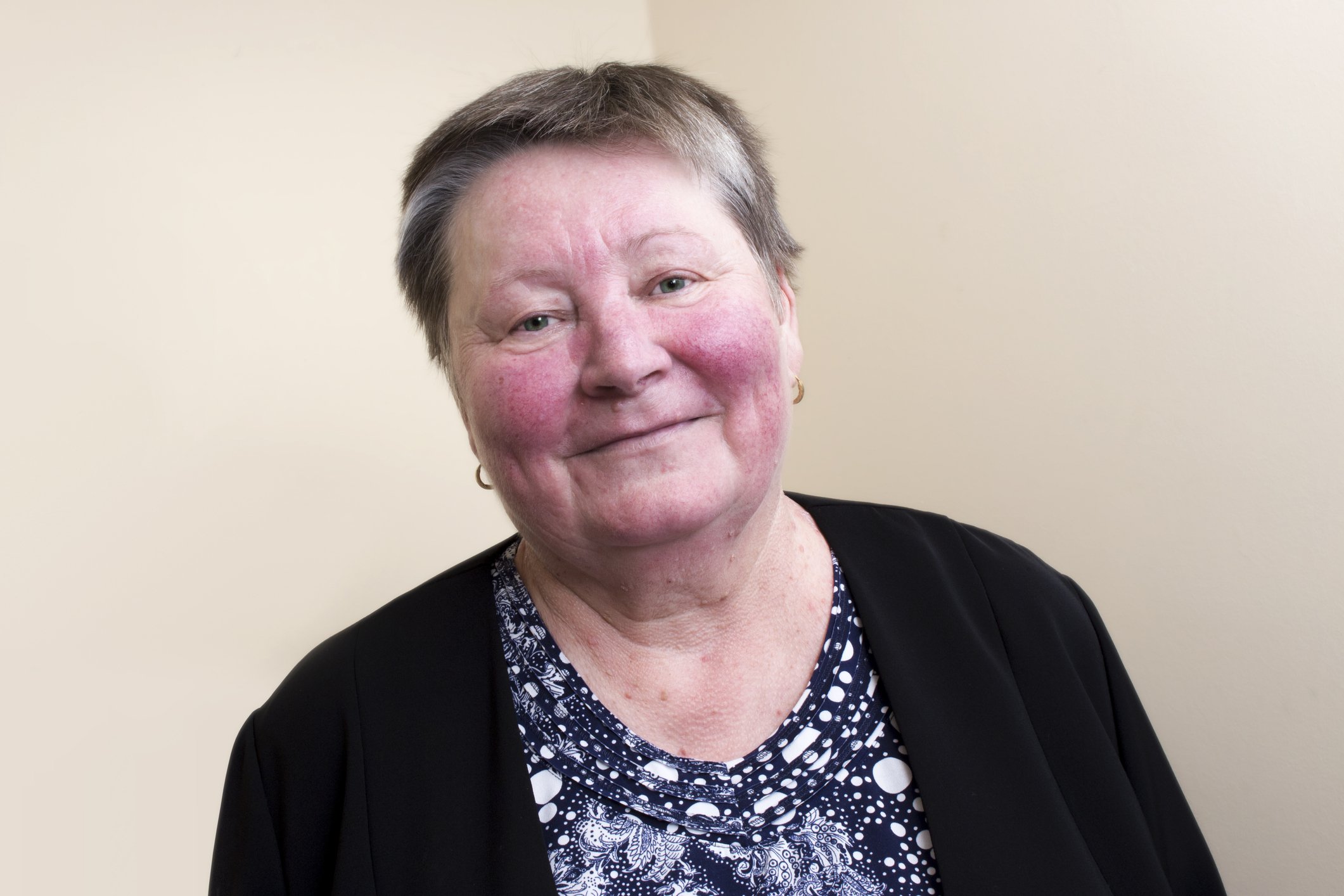
Rosacea
What causes Rosacea?
Rosacea is an inflammatory facial skin disease characterised by flushing, persistent redness, papules (small red lumps), pustules and telangiectasia (small, widened blood vessels visible in the skin). Patients with rosacea often initially develop temporary facial flushing of the face. This redness gradually becomes permanent. The cheeks, chin, forehead and nose are mostly affected. Patients with rosacea often experience a stinging sensation, dry skin, swelling and thickening of the skin.
Rosacea may be transient but is more likely to be recurrent or permanent and can vary in severity from mild to severe. While the exact cause of rosacea is unknown, several factors can contribute to its development:
Genetics: There is evidence to suggest that genetics play a role in rosacea. Individuals with a family history of the condition are more likely to develop it themselves. Genes responsible for over activity of the immune system appear to be involved. Rosacea is more likely to occur in people of Celtic descent and much more common In women than men.
Bacteria and mites: People with rosacea have Increased counts of Staph epidermidis (a common skin bacteria) and the hair follicle mite Demodex. These organisms Increase Inflammation in the skin.
Trigger factors: Certain triggers can worsen rosacea symptoms. Sun exposure aggravates rosacea because UV radiation increases inflammation in the skin. Temperature extremes, wind, spicy food, hot drinks, alcohol, stress and certain topical preparations e.g., topical steroids and nicotinic acid.
How can Rosacea impact you?
The aesthetic impact and discomfort of rosacea can be significant, affecting a person's self-confidence and overall quality of life. Reducing the triggers and protecting the skin is essential. Patients need to always wear a high SPF sunblock all year round and reduce alcohol, hot drinks and spicy foods. Skincare adjustments need to be made. Patients with rosacea should adopt a gentle skincare routine, avoiding harsh cleansers, exfoliants, and irritating ingredients. Using products specifically designed for sensitive skin and moisturising the skin with a non-greasy moisturiser.
To remedy the symptoms and aesthetic impacts of rosacea, various treatment options are available:
Treatment options for Rosacea
Topical medications: Prescription creams or gels containing ingredients like azelaic acid, metronidazole, or brimonidine can be applied to the affected areas to reduce redness and inflammation.
Oral medications: In more severe cases, oral antibiotics or isotretinoin, may be prescribed to control inflammation and reduce the frequency and severity of flare-ups. Low dose isotretinoin has also been shown to help rosacea patients.
Laser or light therapies: Certain laser or light-based treatments, such as intense pulsed light (IPL) therapy or vascular laser, can effectively target and reduce the visible blood vessels and redness associated with rosacea.
Dermal Micro-needling: Dermal Micro-needling has been shown to reduce the visible blood vessels and redness associated with rosacea
It's important to note that while treatment can effectively control and reduce the symptoms and aesthetic impacts of rosacea, the condition cannot be cured completely. Regular follow-ups with your doctor are crucial to monitor progress, adjust treatment if necessary, and develop a personalized management plan.
If you suspect you have rosacea or are experiencing symptoms, it is recommended to consult with your doctor or dermatologist who can provide an accurate diagnosis and develop an appropriate treatment plan that’s tailored to your needs.



